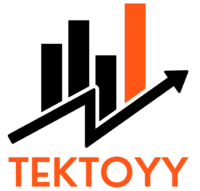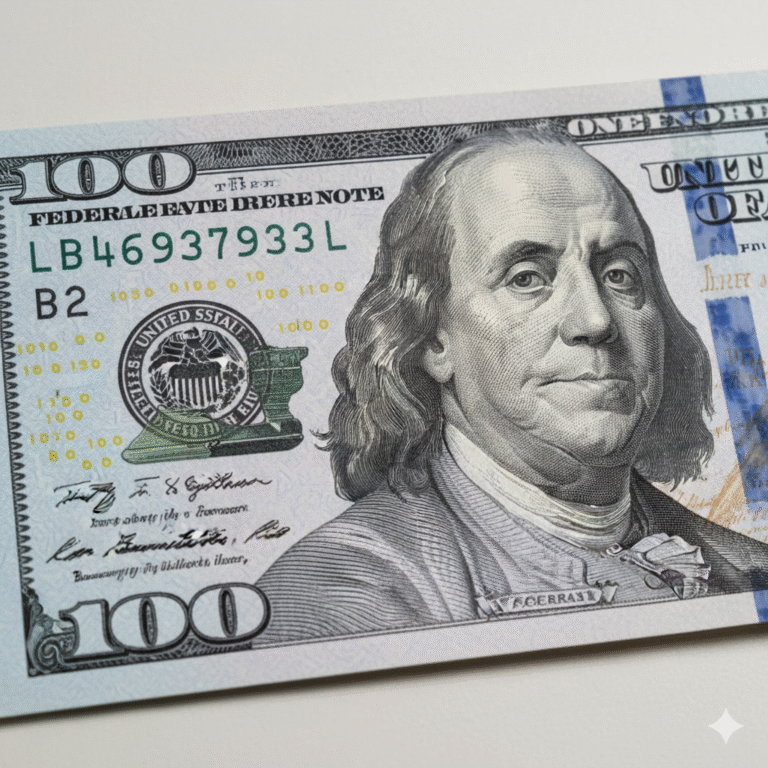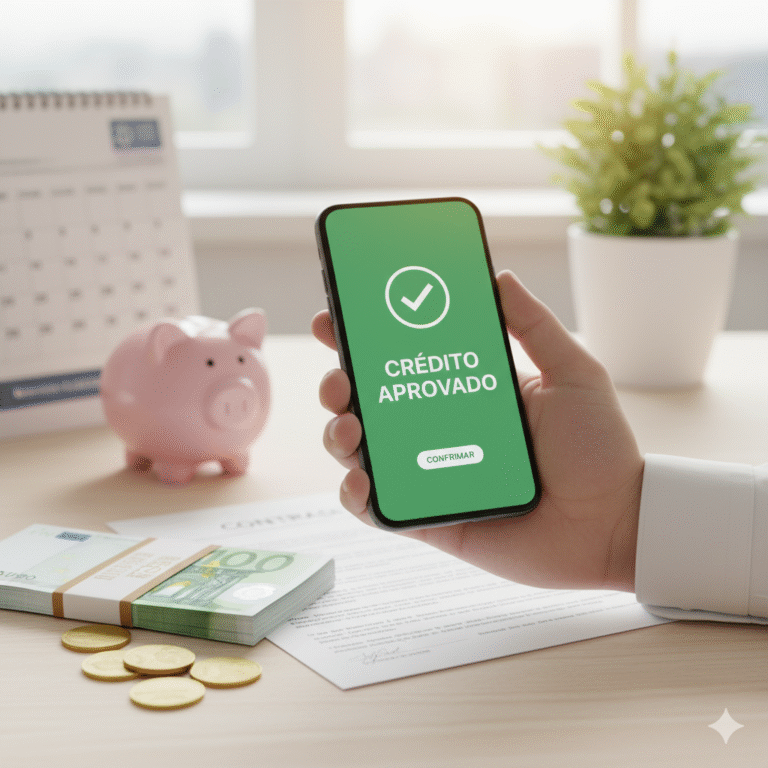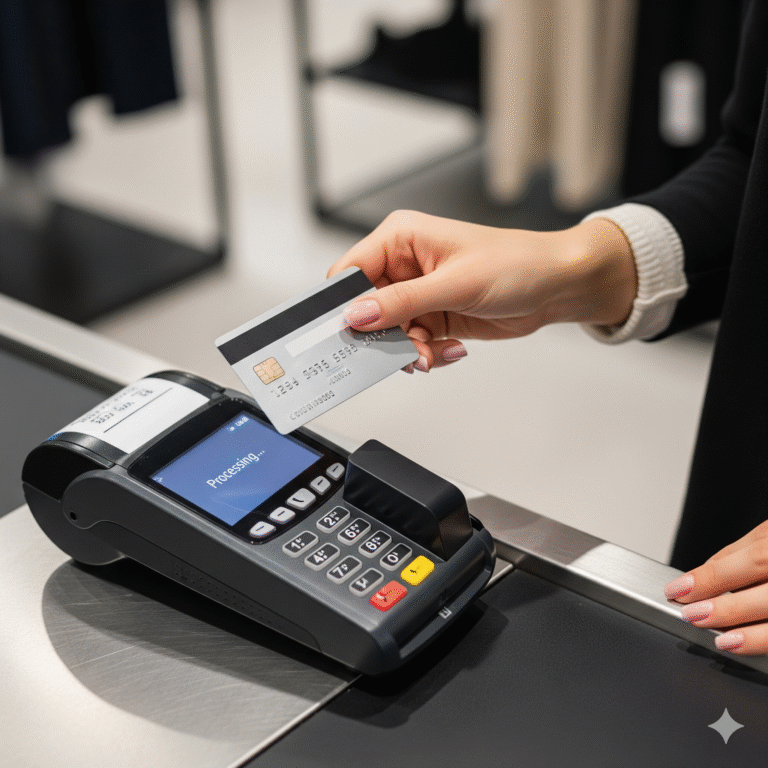Having bad credit can feel like being stuck in a difficult cycle. You need a loan to consolidate debt or cover an emergency, but traditional banks close their doors because of your credit score. This can be frustrating, making you feel like there’s no way out.
But the truth is, a low credit score doesn’t mean you’re out of options. The world of loans for bad credit is designed for this very situation. These specialized loans can provide a vital lifeline, offering access to the funds you need. However, they are not a one-size-fits-all solution and come with their own set of rules and risks.
This guide will demystify the process, helping you understand how these loans work, what to look for, and how to use them as a tool to get back on solid financial ground.
What Exactly Is a “Bad Credit” Loan? Understanding the Basics

In the simplest terms, a bad credit loan is any loan specifically marketed and offered to individuals with a low credit score, typically below 670 on the FICO scale. Traditional lenders view these borrowers as high-risk, meaning they believe there’s a greater chance the borrower will default on the loan.
Because of this increased risk, lenders that specialize in bad credit loans often compensate in one of two ways:
- Higher Interest Rates: This is the most common method. The high interest rate allows the lender to make a profit even if a portion of their borrowers default, covering the cost of the risk they’re taking.
- Secured Loans: The lender may require you to offer up an asset as collateral. If you fail to repay the loan, the lender has the right to seize the asset to cover their losses. This greatly reduces their risk, sometimes resulting in a slightly lower interest rate than an unsecured loan for bad credit.
The key to navigating this market is to understand the different types of loans available and to choose the one that best fits your situation while minimizing the risk to you.
The Different Types of Loans for Bad Credit: Finding the Right Fit
Not all bad credit loans are created equal. Some are legitimate financial tools, while others are high-risk options that can trap you in a cycle of debt. Here are the most common types of loans available to borrowers with poor credit.
1. Personal Loans for Bad Credit
These are the most common and often the best option. They are offered by online lenders, credit unions, or even some banks. A personal loan gives you a lump sum of cash, which you repay over a fixed term with a fixed interest rate.
- Unsecured Personal Loans: These are granted based on your creditworthiness and income, without requiring collateral. Because of the high risk to the lender, they have some of the highest interest rates, sometimes exceeding 30% APR.
- Secured Personal Loans: These loans require an asset, such as a vehicle, home equity, or even a savings account, as collateral. If you have a car you own outright, for example, you could use it to secure a loan. The lender’s reduced risk means you might qualify for a lower interest rate.
2. Payday Loans and High-Interest Cash Advances
This is the type of loan you should almost always avoid. Payday loans are small, short-term loans that typically come due on your next payday. They are notorious for their extremely high fees, which can translate to an APR of 400% or more. While they are easy to get, many borrowers find themselves unable to pay the loan back on time, leading to a cycle of rolling over the loan with new fees, putting them in a much worse financial position.
3. Title Loans
A title loan is another high-risk, short-term loan that uses your vehicle as collateral. The lender holds the car’s title, and if you default on the loan, they can repossess your car. While you can get a large sum of money, the risk of losing your car is significant and the interest rates are very high.
4. Pawn Shop Loans
With a pawn shop loan, you leave an item of value (like jewelry or electronics) with the pawnbroker as collateral. They lend you a percentage of the item’s value. If you don’t repay the loan, they keep the item and can sell it. These loans are also expensive but at least they don’t involve a credit check and the consequences are limited to losing the pawned item, not your credit score.
5. “No Credit Check” Loans
Be very cautious with any loan that advertises “no credit check” as the main selling point. These are often payday loans, title loans, or other high-cost options designed to prey on people desperate for cash. While a soft inquiry might not hurt your score, many of these loans come with predatory terms and are not a safe choice.
6. Cosigned Loans
If you have a friend or family member with good credit, they can cosign a loan for you. This means they agree to be legally responsible for the loan if you fail to make payments. This can help you get a much lower interest rate and better terms. However, it puts a huge risk on the cosigner, as it can damage their credit if you don’t pay.
How Lenders Evaluate You: Beyond the Credit Score

You may be wondering, if a lender isn’t looking at your credit score, what are they looking at? Bad credit lenders use an alternative approach to determine your creditworthiness.
1. Your Income and Employment History
Lenders need to know you have the ability to repay the loan. They will often ask for proof of income, such as recent pay stubs or bank statements. They want to see consistent income that is enough to cover your new monthly payment, as well as your existing bills and expenses.
2. Your Debt-to-Income (DTI) Ratio
Your debt-to-income (DTI) ratio is a key metric. It’s your total monthly debt payments divided by your gross monthly income. A lower DTI shows that you can comfortably manage your current debt and are more likely to be able to handle a new loan payment.
3. Collateral (for Secured Loans)
If you are applying for a secured loan, the lender will thoroughly assess the value of the asset you are using as collateral. For a car, they will check its market value and condition. For home equity, they will order an appraisal. This is how they determine the maximum amount they are willing to lend you.
4. Your Repayment Plan
Lenders want to see that you have a clear plan for paying back the loan. Being able to explain why you need the loan and how you plan to manage the payments can make a difference. Showing that you have a stable job and a clear budget can help build their confidence in you.
The Pros and Cons: A Reality Check Before You Apply
It’s important to be realistic about the benefits and drawbacks of a bad credit loan.
Pros:
- Access to Funds: The most obvious benefit is that you can get the money you need for a financial emergency or to pay off high-interest debt like credit cards.
- A Chance to Rebuild Credit: If you make all of your loan payments on time, it will be reported to the credit bureaus. This consistent, positive payment history can significantly boost your credit score over time, opening the door to better financial products in the future.
- Debt Consolidation: A personal loan for bad credit can be used to consolidate multiple high-interest credit card debts into a single, fixed-rate loan with one monthly payment, making it easier to manage.
Cons:
- Very High Interest Rates: This is the biggest drawback. The interest rates are much higher than on a traditional loan, meaning the loan will cost you more over time.
- Fees and Charges: Many lenders charge a high origination fee (a percentage of the loan amount), which is taken out of your loan before you even receive it.
- Risk of Falling into a Debt Trap: For loans like payday or title loans, the high fees and short terms can lead to a cycle where you have to take out new loans to pay off the old ones, sinking you deeper into debt.
Step-by-Step: How to Apply and Get Approved for a Bad Credit Loan

If you’ve decided a bad credit loan is right for you, here is an actionable plan to find the best option and get approved.
1. Check Your Credit Score and Report
First, get a free copy of your credit report. This will show you exactly what lenders see. Look for any errors and dispute them. Even a small increase in your score can lead to a better interest rate.
2. Determine Your Needs and Budget
Before you apply, figure out exactly how much money you need and what your budget can comfortably handle for a monthly payment. A common mistake is borrowing more than you need, which only adds to the interest you have to pay.
3. Compare Lenders and Get Prequalified
Don’t go with the first offer you see. Look at multiple lenders, including credit unions and online platforms. Many online lenders offer prequalification, which involves a soft credit inquiry and gives you an idea of the rate you might get without harming your credit score.
4. Gather Your Documents
Have all your documentation ready to go. This includes proof of income (pay stubs, tax returns), a government-issued ID, and your Social Security number. Having these ready will make the application process much faster.
5. Read the Fine Print and Ask Questions
Before you sign anything, carefully read the loan agreement. Pay close attention to the APR, any origination fees, and the repayment schedule. If you don’t understand something, ask the lender to explain it.
Avoiding Predatory Lenders: The Red Flags to Watch For
The bad credit loan market has its share of unethical lenders. Knowing the red flags can protect you from a bad deal.
- Guaranteed Approval: No reputable lender can guarantee approval before reviewing your application. Be very skeptical of any lender that promises this.
- High Upfront Fees: A legitimate lender will take their fees from the loan proceeds. If a lender asks you to pay a large fee before the loan is even approved, it’s likely a scam.
- Pressure to Act Fast: If a lender is pressuring you to sign immediately, or threatens that the offer will expire soon, it’s a major red flag. They want you to make a quick decision without thinking it through.
- Lender Doesn’t Check Your Credit: If a lender doesn’t even perform a basic credit check, it’s a huge warning sign. This means they are likely making up for the risk with extremely high fees and interest rates.
Rebuilding Your Credit for the Future

Ultimately, a loan for bad credit should be seen as a temporary solution and a stepping stone. The real goal is to use this loan to improve your financial health so you don’t need these types of loans in the future.
By making every single payment on time and in full, you can start building a positive payment history, which is the most important factor in your credit score. This will gradually open the door to better loan offers, lower interest rates, and a more stable financial future.







